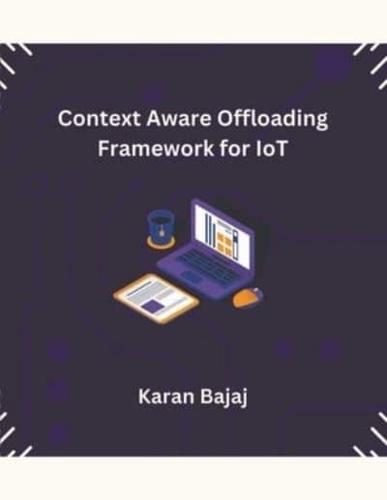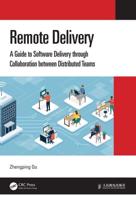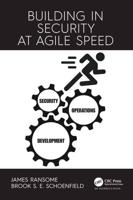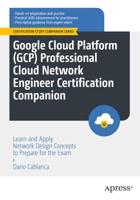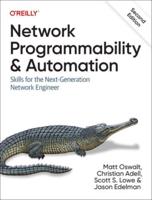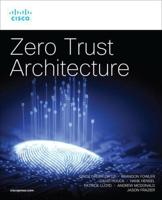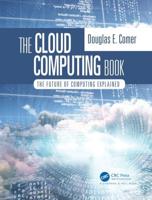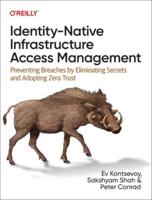Publisher's Synopsis
Internet of Things (IoT) is the connectivity of the physical devices and objects that are used in daily life, these devices are connected over the internet network. It is connected to different types of objects which communicate with each other through various sensors actuators, and processors. The goal of IoT is to attain a high degree of intelligence with the least human intervention (Sethi and Sarangi., 2017). IoT brings automation and intelligence to all sectors of life making it comfortable; here devices are made self-capable to take smart decisions by themselves. In IoT, a large number of heterogeneous devices are connected over the network. Today IoT covers large domains and every aspect of society from industry, healthcare, and transport to the agriculture and home environment and providing services. IoT brings in automation in all sectors of life referred to as the public domain and also makes all physical objects intelligent that can connect, communicate with each other, and can make smart decisions by themselves. IoT provides several applications to the various streams of users, and for that, it implements different frameworks. IoT frameworks can be termed as a set of guiding policies, protocols, and principles which simplify the accomplishment of IoT applications (Ammar et al., 2018). Manyika et al. predicted the sharp rise of IoT impacting the overall economic sector by $2.7 trillion to $6.2 trillion per year by 2025. Health services & manufacturing would be the most impacted area in the system. After these sectors, the next most influenced areas from IoT would be farming, energy processing, and security. It is calculated that the sole financial impact of IoT technology in health-related services would range from $1.1 trillion to $2.5 trillion per year by 2025 (Manyika et al., 2013). The application of IoT spans all the domains of society and daily life; it serves in all fields from environmental information, and activity information of living organisms to the processing tasks in industries. In all domains, IoT has no existence without a Wireless Sensor Network (WSN). Acting as a backbone of IoT, sensors collect the data and communicate them.
